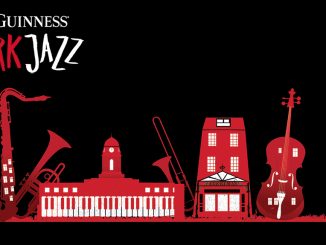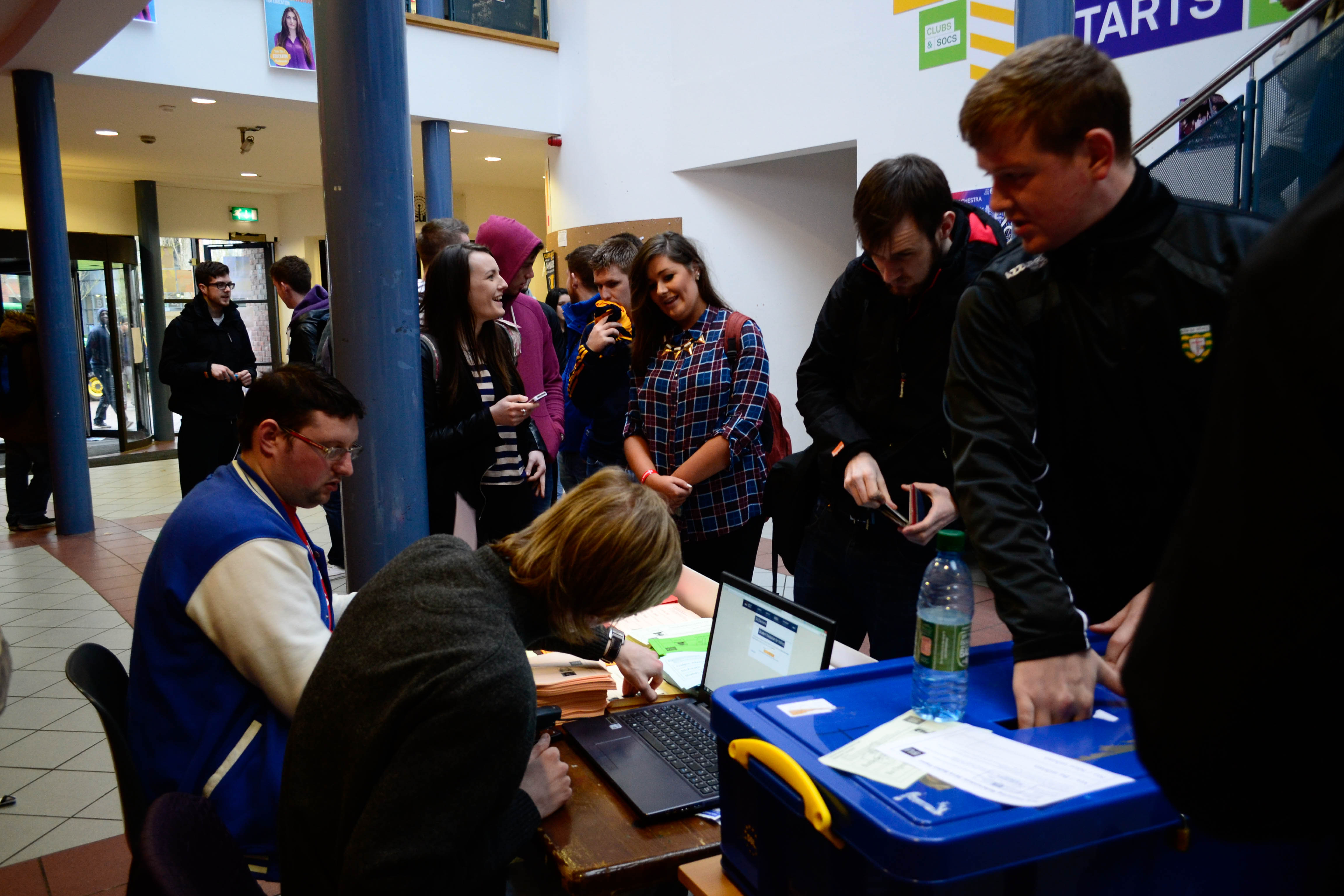
Prior to the referendum initiated in 2012 by DCU Sinn Fein, the word ‘Labyrinth’ would have evoked an image of a 25-year-old U.K rapper responsible for hits such as Earthquake and Beneath Your Beautiful among most students.
However, considering the referendum’s 67 per cent turnout (which resulted in the turnaround of the Student Union’s decision to donate €10,000 towards the Labyrinth’s construction) and the subsequent coverage and discussion around the controversial topic of an on-campus Labyrinth, it’s safe to say that the majority of students are now aware of the facts.
Or are they?
One of the main points opposing the Labyrinth’s construction relates to its perceived religious connotations and the fear that its presence will compromise DCU’s secular standpoint. Interfaith Centre Head Chaplain Fr. Joe Jones believes that those who voted no in the 2012 referendum were in fact voting against the Catholic Church. So what is a Labyrinth? What are its true origins? And why should a student vote no in the upcoming referendum?
A Labyrinth is essentially a maze, and in DCU’s case will consist of a winding stone path that is 964ft long and 40ft in diameter. Despite being adopted by Christianity at a later date, Labyrinths can initially be traced back to ancient Greece. As clarified by Fr Jones “The Labyrinth does not belong to any one tradition and it’s used by all traditions”.
The Labyrinth, while being a spiritual tool, can be utilised by students for their own individual purposes, whether that be for prayer, reflection or simply as a safe space to walk and find relief from the stresses of day-to-day student life. As Fr Jones has stated “We’ve had lots of difficulties on campus with young people taking their lives and mental health problems. I’ve been passionate about putting the Labyrinth on campus because it might be an instrument that young people can use to their benefit”.
Harvard research has found that walking meditations can reduce levels of anxiety, insomnia and blood pressure. As Fr Jones points out, “The whole idea is really around the whole area of students and helping them with meditation, something that will help them to be calm”.
It should also be noted that Labyrinths have been found to improve concentration. Due to be built by the time semester two exams start, surely a centrepiece on the grounds of DCU that encourages such positive outcomes and mindful activities can only be seen as being beneficial?
Sure, students can go for a ‘stroll’ anywhere on campus, but there is something about having a designated outdoor space to collect thoughts and wind down that a random saunter past the Spar or the bustling NuBar smoking garden can’t compete with. The Labyrinth is a purposeful area. It is a blank slate, a neutral tool students can avail of for whatever purpose they decide. It can be availed of for the purpose of gathering one’s thoughts or as a medium in which to show your visible support toward an ideal.
The Labyrinth does not belong to one tradition, religion or culture. It is, if anything, a symbol of diversity. I would advocate a no vote in this week’s referendum regarding the presence of a Labyrinth on campus, as I feel it reflects something that is much needed on our college grounds – a place where we can put away our smartphones and reconnect with ourselves.
Christine Allen
Image Source: Ellis Nelson




Whilst I agree with the meditative benefits of having a labyrinth on campus, it’s untrue to state that the proposed labyrinth design would be a symbol of diversity, when the specific model being put forward is in fact derived from the design featured in Chartes Cathedral. This religious association is why I am voting yes. I think the design should be changed, as do many other DCU students. My view is that all DCU structures should remain 100% secular & if this was 100% secular, I don’t think there’d be an issue at all, let alone a referendum.
The referendum’s not opposing the construction of the labyrinth. It’s opposing religious imagery. The labyrinth will be built either way.